- Understanding Autumn Perching
- Choosing the Right Perching Items
- Placement and Arrangement
- Adding Lights and Accents
- Creating a Lasting Display
- Choosing the Right Perching Spot
- Consider these tips when choosing a perching spot:
- Providing Adequate Shelter
- Offering a Varied Diet
- Seeds
- Fruits and Berries
- Insects and Mealworms
- Suet
- Nectar
- Water
- Attracting Perching Birds
- Provide the Right Food
- Create a Perching Spot
- Offer Fresh Water
- Plant Native Plants
- Manage Pests Naturally
- Provide Nesting Materials
- Be Patient
- Creating a Safe Environment
- 1. Choose a Secure Spot
- 2. Use Safe Perches
- 3. Keep it Clean
- 4. Provide Fresh Water
- 5. Avoid Harmful Substances
- 6. Provide Shelter
- 7. Avoid Artificial Lighting
- 8. Be Mindful of Window Collisions
- 9. Monitor and Observe
- 10. Spread the Word
- Maintaining Hygiene and Cleanliness
- Monitoring and Observing Behavior
- Question-answer:
- What is autumn perching?
- What are some tips for successful autumn perching?
- Are there any specific plants that are recommended for autumn perching?
- How often should I water my perched plants?
- Can I reuse the plants from my autumn perching display for future seasons?
- Can I use any type of pot or planter for autumn perching?
- Video: Catch more PERCH with these tips and tricks!
Autumn is the season of change, when nature transitions from the vibrant colors of summer to the crispness of winter. It’s the perfect time to take up a new hobby and explore the world of birdwatching. One of the most exhilarating experiences in birdwatching is the art of perching – observing birds in their natural habitat as they rest on branches, fences, or even power lines.
Perching provides a unique opportunity to observe birds up close and witness their behaviors in a relaxed state. It’s a chance to marvel at their intricate plumage and appreciate their beauty in a more intimate setting. Whether you’re a beginner or an experienced birdwatcher, here are some easy tips that will help you get quick and rewarding results during your autumn perching adventures.
1. Research and prepare: Before heading out, do some research on the local bird species that are known to perch in your area during autumn. Familiarize yourself with their appearance, habits, and typical perching locations. This knowledge will help you identify birds more accurately and anticipate their behavior.
“Autumn perching offers a unique opportunity to observe birds up close and witness their behaviors in a relaxed state.”
2. Choose the right time: Birds are most active during the early morning and late afternoon hours when they are foraging for food. Plan your perching sessions accordingly to increase your chances of spotting a variety of bird species. Additionally, consider the weather conditions – calm and dry days are ideal as birds are more likely to come out and perch.
3. Bring the essentials: Make sure to pack your binoculars, a field guide, and a notebook to record your observations. Binoculars will allow you to see details and markings that are not visible to the naked eye, while a field guide will help you identify unfamiliar bird species. Don’t forget to bring water, snacks, and appropriate clothing to ensure your comfort in the outdoors.
4. Respect and observe: When approaching a perched bird, be mindful not to startle or disturb it. Keep a safe distance and observe from a hidden location. Silence and patience are key – birds are more likely to resume their natural activities if they feel undisturbed. Avoid sudden movements and loud noises that could scare them away.
Remember, autumn perching is not just about ticking off bird species from a checklist. It’s about immersing yourself in the natural world and developing a deeper appreciation for the beauty and diversity of birdlife. So grab your binoculars and get ready for an unforgettable autumn birdwatching experience!
Understanding Autumn Perching
Autumn perching is a traditional practice that involves placing birds and other decorative items on trees and branches to create a festive and welcoming atmosphere for the fall season. It is a popular activity during the autumn months when the leaves change colors and the weather turns cooler.
Choosing the Right Perching Items
When selecting perching items for your autumn display, it’s important to consider the overall theme and aesthetic you want to achieve. Traditional fall colors like oranges, yellows, and browns work well, as do natural materials like wood, feathers, and dried leaves.
Some popular perching items include:
- Decorative birds and butterflies
- Acorns and pinecones
- Small pumpkins and gourds
- Fall foliage garlands
Placement and Arrangement
When placing perching items on trees or branches, it’s important to consider the height and visibility of each item. Items that are too high or too low may be difficult to see and appreciate. Aim for a balanced arrangement that is visually appealing and complements the natural surroundings.
Consider the following tips when arranging your perching items:
- Distribute the items evenly throughout the tree or branch
- Alternate the types of items to create variety
- Place larger items closer to the trunk for stability
- Leave enough space between items to avoid overcrowding
Adding Lights and Accents
To enhance the visual impact of your autumn perching display, consider adding lights and other accents. Twinkle lights can create a magical atmosphere, especially when wrapped around the branches or suspended from above. Other accents like ribbons, bows, or small signs can help tie the display together and add festive flair.
Creating a Lasting Display
To ensure your autumn perching display lasts throughout the season, select durable and weather-resistant items. Avoid materials that may fade or degrade quickly when exposed to sunlight or moisture. Additionally, periodically check the display for any signs of damage or wear and make any necessary repairs or replacements as needed.
| Enhances Outdoor Spaces | Autumn perching adds visual interest and beauty to outdoor areas, making them more welcoming and inviting for gatherings or simply enjoying the fall foliage. |
|---|---|
| Promotes Creativity | Arranging perching items allows for creativity and personal expression. It’s an opportunity to showcase your unique style and create a display that reflects your appreciation for the autumn season. |
| Connects with Nature | Perching items like birds and natural materials help create a connection with nature and can serve as a reminder of the changing seasons and the beauty of the natural world. |
Choosing the Right Perching Spot
When it comes to autumn perching, choosing the right spot is crucial for attracting birds to your garden. Birds are more likely to perch in areas that provide safety, comfort, and easy access to food and water.
Consider these tips when choosing a perching spot:
- Height: Birds prefer perches that are elevated, such as tree branches or tall bird feeders. This allows them to have a better vantage point to spot predators and potential food sources.
- Shelter: Look for areas with nearby shrubs or trees that can provide cover and protection from harsh weather conditions. Birds will feel safer and more likely to perch in these areas.
- Food and Water Sources: Place your perching spot near bird feeders or natural food sources, like fruit-bearing trees or flowering plants. Additionally, having a water source, such as a birdbath or fountain, nearby will attract more birds to your perching spot.
- Accessibility: Make sure the perching spot is easily accessible for birds. Avoid placing it near busy areas with high human or pet traffic, as this can scare birds away.
Remember, different bird species have different preferences, so it’s a good idea to create multiple perching spots around your garden to cater to a variety of birds. By providing the right conditions, you’ll be able to attract more birds and enjoy their presence in your garden during the autumn season.
Providing Adequate Shelter
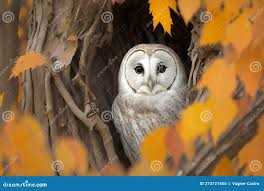
When it comes to attracting birds to your yard in autumn, providing adequate shelter is crucial. As the weather starts to get colder, birds need a safe and comfortable place to rest and seek protection from the elements. Here are some tips to create a bird-friendly shelter in your yard:
- Install birdhouses: Birdhouses can provide excellent shelter for birds. Make sure to choose houses that are the appropriate size for the birds in your area. Place them in areas with little disturbance and away from predators.
- Plant dense shrubs: Certain shrubs provide excellent shelter for birds. Native shrubs with dense foliage can create a safe haven for birds to hide from predators and find protection from harsh winds.
- Provide roosting boxes: Roosting boxes are different from birdhouses as they provide a communal shelter for multiple birds. These boxes have multiple entry holes and compartments where birds can huddle together to keep warm.
- Leave brush piles: Instead of clearing away fallen branches and leaves, leave them in a designated area to create natural shelter for birds. Brush piles provide a safe space for birds to hide and find protection.
- Install bird feeders with shelters: Some bird feeders come with built-in shelters that provide additional protection for birds while they eat. These shelters can shield birds from rain and snow, ensuring they have a comfortable feeding experience.
By providing adequate shelter for birds, you not only attract them to your yard but also ensure their well-being during the autumn season.
Offering a Varied Diet
One of the most important things to consider when providing food for autumn perching birds is offering a varied diet. Different species of birds have different dietary needs, so it’s essential to provide a range of foods to attract a diverse group of birds to your garden.
Seeds
Seeds are a staple food for many birds, and there are plenty of options to choose from. Black oil sunflower seeds are a popular choice as they have a high oil content and are rich in nutrients. Other seed options include millet, safflower, and nyjer. To attract a wide range of bird species, it’s best to offer a mix of seeds in a tray or hopper feeder.
Fruits and Berries
Fruits and berries provide essential vitamins and minerals for birds, especially during the colder months when other food sources may be scarce. Offer a variety of fresh, dried, or even overripe fruits such as apples, oranges, grapes, and berries. You can place them on a bird table or skewer them on a branch to attract perching birds like robins and thrushes.
Insects and Mealworms
While seeds and fruits are important, many birds also rely on insects and worms for their protein needs. Offering mealworms, either live or dried, can attract insect-loving birds like bluebirds, chickadees, and warblers. You can place them in a dish or on a specialized mealworm feeder to entice these birds to your garden.
Suet
Suet is a high-energy food that can be especially beneficial during colder months when birds need extra fuel to keep warm. Offer suet in suet feeders or as suet cakes containing a mix of fats, seeds, and even fruits. This will provide a rich source of calories and keep birds coming back for more.
Nectar
If you want to attract hummingbirds, offering nectar is a must. Mix four parts water with one part white granulated sugar and bring it to a boil. Let it cool before filling your hummingbird feeder. Avoid using red dye or artificial sweeteners. Hang the feeder near perching spots to entice these small, fast-flying birds to visit your garden.
Water
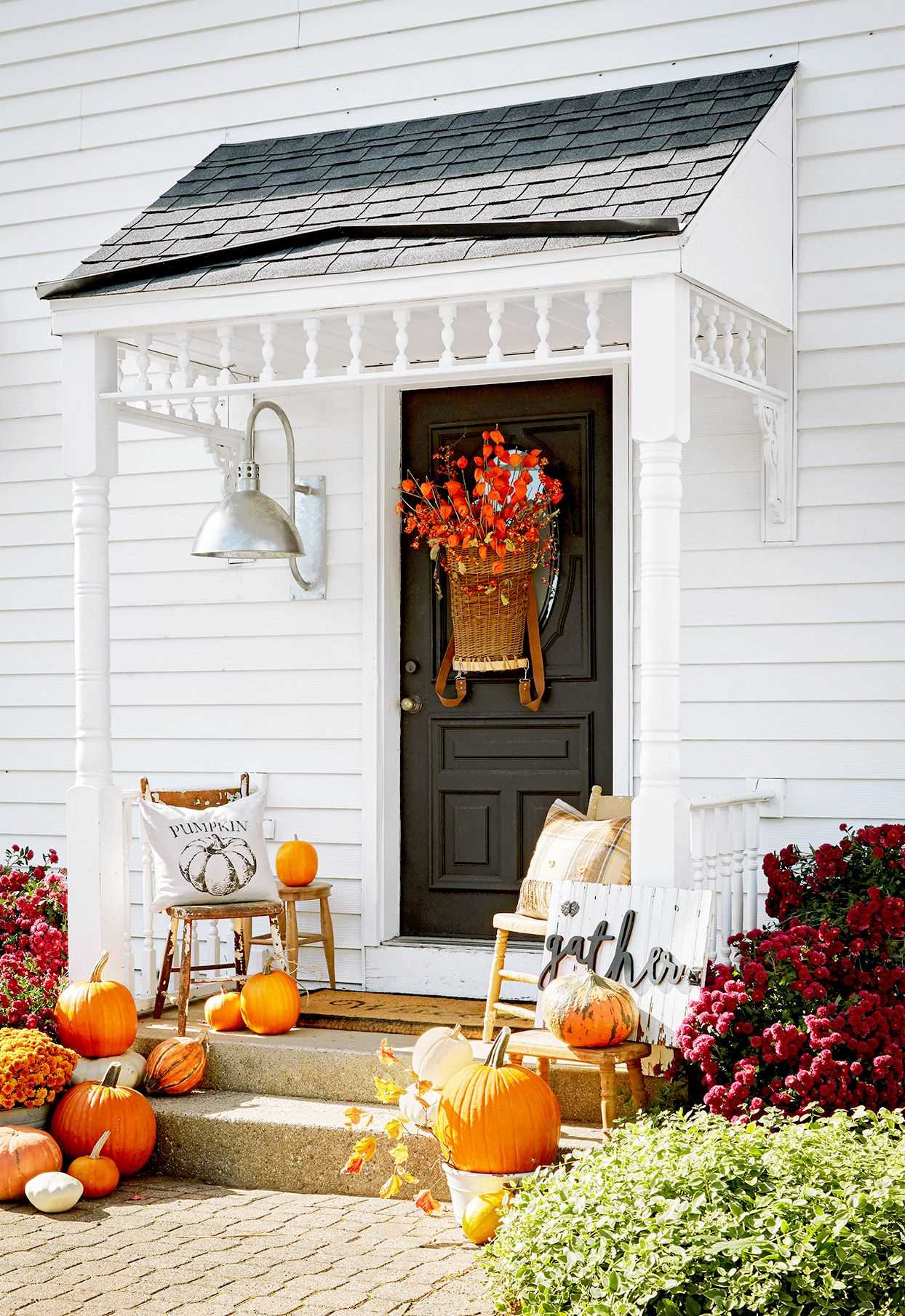
Don’t forget to provide a fresh water source for birds, especially during the fall when natural water sources may freeze over. A birdbath or shallow dish with clean water will attract a wide range of birds and give them a place to drink and bathe.
By offering a varied diet of seeds, fruits, insects, suet, nectar, and water, you will attract a diverse range of perching birds to your garden and provide them with the nutrients they need to thrive during the autumn months.
Attracting Perching Birds
If you’re interested in attracting perching birds to your yard, there are a few simple steps you can take to make your outdoor space more inviting for them. Follow these easy tips for quick results:
Provide the Right Food
Perching birds, such as sparrows, finches, and chickadees, are attracted to a variety of foods. The most common food that these birds enjoy is seeds. You can set up a bird feeder in your yard and fill it with a high-quality seed mix to attract them. Black oil sunflower seeds, millet, and nyjer seeds are all good options for attracting perching birds.
Create a Perching Spot
To make your yard more inviting for perching birds, create a designated perching spot. This can be a small tree, shrub, or even a wooden post with a branch or two sticking out. By providing this perching spot, you give the birds a place to rest and observe their surroundings while they feed.
Offer Fresh Water
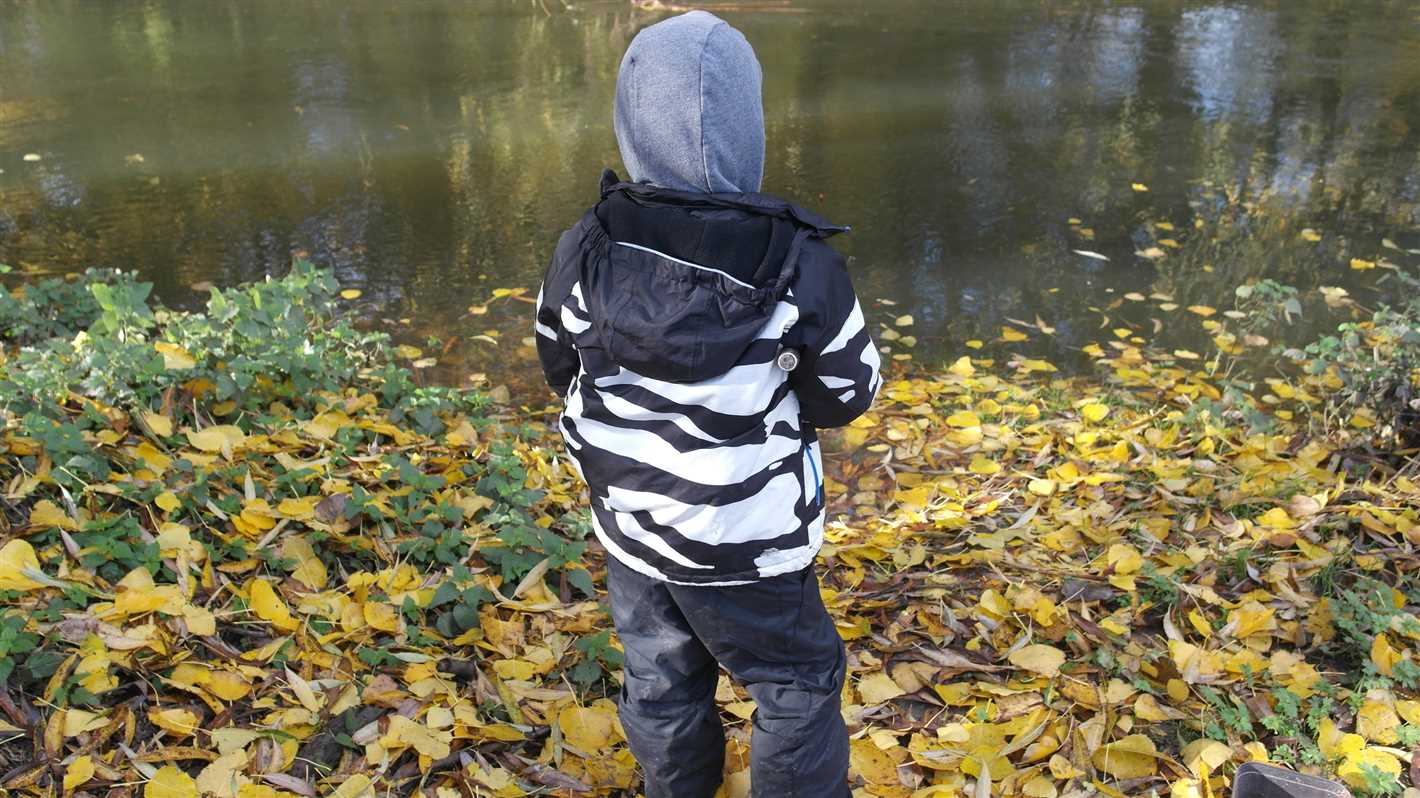
Perching birds not only need food but also require fresh water for drinking and bathing. Place a bird bath or small shallow dish of water in your yard and keep it filled with clean water. Make sure to change the water regularly to prevent the spread of diseases.
Plant Native Plants
Native plants are attractive to perching birds because they provide natural food sources and shelter. Consider planting native flowers, shrubs, and trees in your yard to create a welcoming habitat for these birds. Native plants also support local ecosystem and attract a wide range of beneficial insects that birds feed on.
Manage Pests Naturally
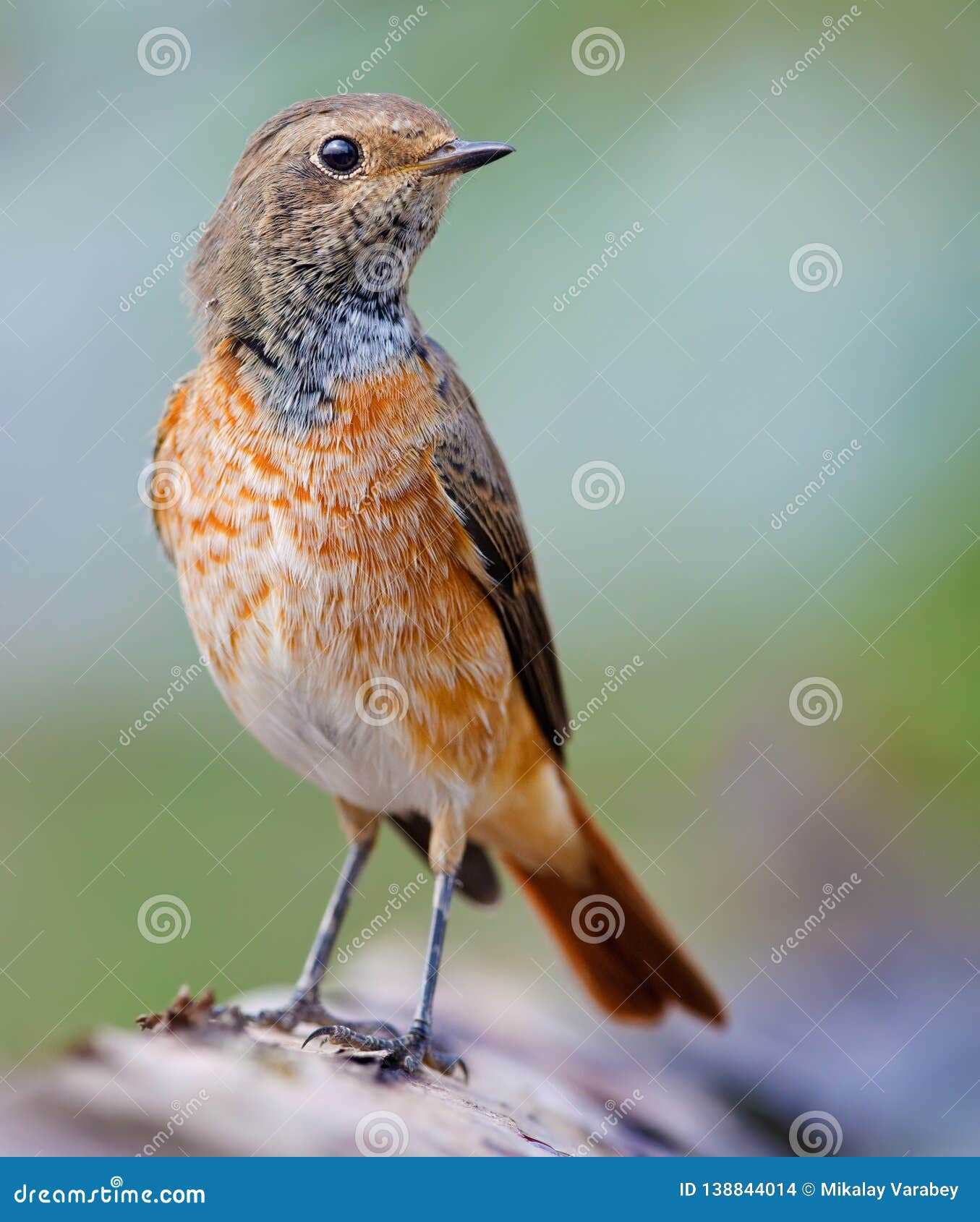
Avoid using pesticides and chemicals in your yard, as they can be harmful to birds and other wildlife. Instead, opt for natural pest control methods such as companion planting, organic insecticides, and beneficial insects. By managing pests naturally, you create a safer environment for perching birds to inhabit.
Provide Nesting Materials
Perching birds build nests to raise their young. You can attract these birds by offering nesting materials such as small twigs, grass clippings, and pet fur. Place these materials in a small container or hang them in a mesh bag in a visible spot in your yard.
Be Patient
Attracting perching birds to your yard may take some time. It’s important to be patient and consistent in your efforts. Keep up with food and water availability, maintain a safe environment, and gradually you’ll start to see more and more perching birds visiting your yard.
By following these tips, you can create a welcoming environment for perching birds in your yard. Enjoy the beauty and activity that these birds bring to your outdoor space!
Creating a Safe Environment
1. Choose a Secure Spot
When setting up your autumn perching area, it’s important to choose a spot that is secure for your feathered friends. Select a location that is protected from predators, such as cats and squirrels. It’s also a good idea to place the perching area away from windows to prevent possible collisions.
2. Use Safe Perches
Ensure that the perches you provide are safe for birds to land on. Avoid using perches with sharp edges or surfaces that could cause injury to the birds’ feet. Opt for smooth, sturdy perches made from natural materials like wood or bamboo.
3. Keep it Clean
Maintaining a clean environment is essential for the health and well-being of the birds. Regularly clean the perches and surrounding area to remove any droppings or debris. This will help prevent the spread of diseases and maintain a hygienic environment.
4. Provide Fresh Water
Offering a source of fresh, clean water is crucial for the birds, especially during the autumn season. Regularly refill the birdbath or provide a shallow dish of water for them to drink and bathe in. Clean and change the water every few days to prevent the spread of bacteria.
5. Avoid Harmful Substances
Avoid using pesticides, herbicides, or any other harmful chemicals in the vicinity of the perching area. These substances can be toxic to birds and may have long-term negative effects on their health. Opt for natural methods of pest control to ensure the safety and well-being of your avian visitors.
6. Provide Shelter
Offering shelter is essential for the birds to seek refuge from the elements and potential predators. Place birdhouses or nest boxes in the vicinity to provide a safe place for them to roost and nest. Make sure the shelters are appropriately sized and in good condition.
7. Avoid Artificial Lighting
Avoid using bright artificial lighting near the perching area, especially during the night. Excessive light can disorient birds and interfere with their natural behaviors like migration or feeding patterns. If necessary, use low-intensity lighting or motion-activated lights to minimize disturbances.
8. Be Mindful of Window Collisions
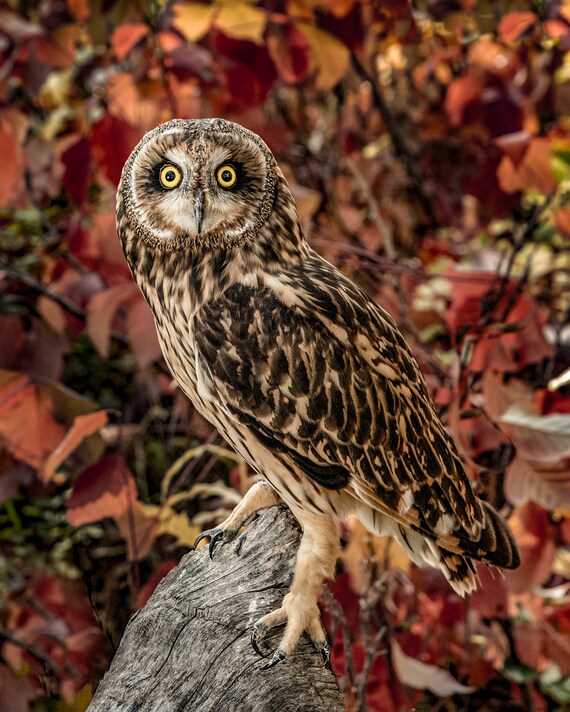
Take measures to prevent bird collisions with windows near the perching area. Install window decals or hang curtains to make the glass more visible to birds. This will help reduce the chances of birds flying into windows and getting injured or killed.
9. Monitor and Observe
Regularly monitor the perching area and observe the behavior of the visiting birds. Note any signs of distress, injury, or unusual behavior. By being aware of their well-being, you can promptly address any issues and provide a safe and nurturing environment for your avian friends.
10. Spread the Word
Share your knowledge and enthusiasm for bird-friendly practices with others. Encourage your friends, family, and neighbors to create safe environments for birds as well. By collectively creating a network of safe spaces, we can contribute to the conservation and well-being of our feathered friends.
Maintaining Hygiene and Cleanliness
- Wash Your Hands: Regularly wash your hands with soap and water for at least 20 seconds to prevent the spread of germs.
- Clean Your Perching Spot: Clean your perching spot regularly to remove any dust, dirt, or debris that can accumulate over time.
- Use Disinfectants: Use disinfectants to clean and sanitize your perching spot. Pay special attention to commonly touched areas such as handles, trays, and knobs.
- Dispose of Garbage Properly: Dispose of any garbage, such as food wrappers or leftover food, in a proper trash bin to maintain cleanliness.
- Keep the Area Dry: Ensure that the perching area is dry to prevent the growth of mold or bacteria. Use a cloth or towel to wipe away any spills or moisture.
- Regularly Change Perching Material: If using materials such as newspapers or liners, make sure to change them regularly to prevent the buildup of waste, odor, or pests.
By following these simple hygiene and cleanliness tips, you can ensure a clean and healthy perching environment for yourself and your bird.
Monitoring and Observing Behavior
When it comes to observing bird behavior, autumn is an ideal time. The change in seasons brings about a shift in bird populations and behaviors, making it a great opportunity to monitor and learn more about their habits. Here are a few tips for effectively monitoring and observing bird behavior during the autumn season:
- Choose a good location: Select a spot that offers a clear view of the surrounding area. It could be a garden, backyard, or a local park. Make sure the location is quiet and has minimal human activity to avoid disturbing the birds.
- Use binoculars: Investing in a good pair of binoculars is essential. They allow you to observe birds from a distance without getting too close and scaring them away. Choose binoculars with a wide field of view and good magnification for optimal observation.
- Observe during the right time of day: Birds are most active during the early morning and late afternoon. Plan your bird-watching sessions around these times to maximize your chances of observing interesting behaviors.
- Take notes: Keeping a journal or notebook handy is a great way to record your observations. Note down the bird species, behaviors you witness, and any interesting interactions or patterns. This information can be useful for future reference or research.
- Learn bird calls: Familiarize yourself with the different calls and songs of common bird species in your area. This knowledge can help you identify birds by their sounds and locate them more easily.
- Be patient and quiet: Observing bird behavior requires patience and silence. Birds are easily startled by loud noises and sudden movements. Stay still and quiet to blend into the environment and avoid scaring away the birds.
- Join a bird-watching group: Consider joining a local bird-watching club or group. Participating in group activities and outings can provide valuable insights and opportunities to learn from experienced birders.
By following these tips and dedicating some time to monitoring and observing bird behavior, you can gain a deeper understanding of the fascinating world of birds. Autumn provides a unique chance to witness their migrations, feeding habits, and social interactions, making it an exciting time for bird enthusiasts.
Question-answer:
What is autumn perching?
Autumn perching is a gardening technique that involves placing plants in temporary pots or planters to create a quick and easy display of seasonal colors and foliage.
What are some tips for successful autumn perching?
Some tips for successful autumn perching include choosing plants with vibrant autumn colors, using lightweight potting soil, and ensuring proper drainage in the pots.
Are there any specific plants that are recommended for autumn perching?
Yes, some recommended plants for autumn perching include chrysanthemums, ornamental grasses, and autumn sedum. These plants provide beautiful colors and textures for a stunning autumn display.
How often should I water my perched plants?
The frequency of watering will depend on the specific plants and weather conditions, but as a general guideline, you should water the plants when the top inch of soil feels dry to the touch. It’s important to avoid overwatering, as this can lead to root rot.
Can I reuse the plants from my autumn perching display for future seasons?
In some cases, you may be able to reuse the plants from your autumn perching display. However, it’s important to note that some plants may not survive the winter or may not look as vibrant in subsequent seasons. It’s always a good idea to assess the condition of the plants and decide if they are suitable for reuse.
Can I use any type of pot or planter for autumn perching?
You can use a variety of pots or planters for autumn perching, including traditional clay pots, plastic containers, or even decorative baskets. The most important factor is ensuring proper drainage to prevent waterlogged roots.







